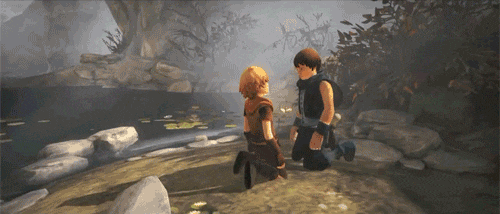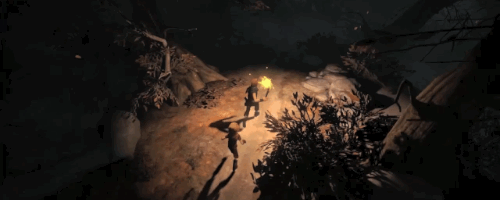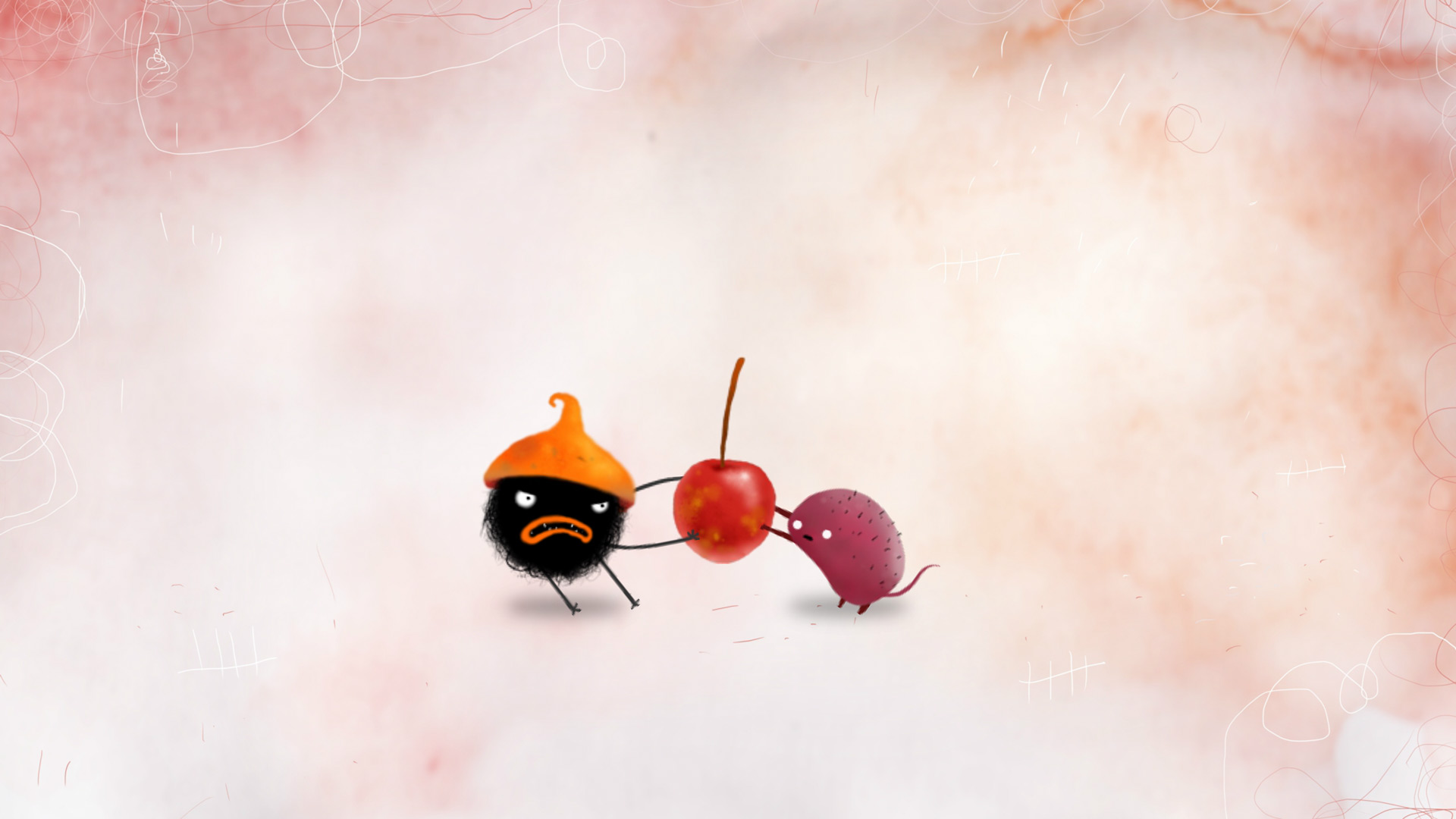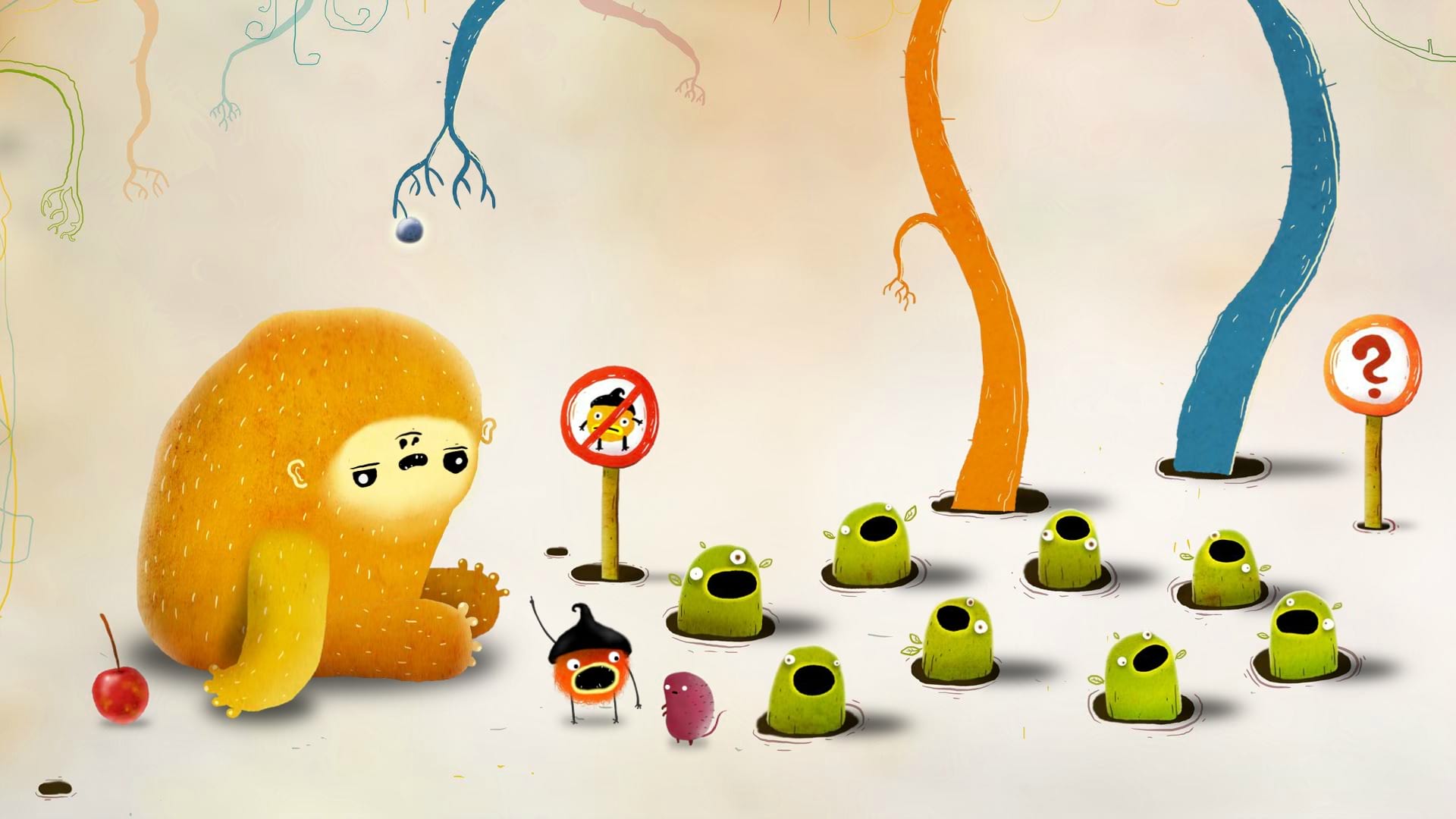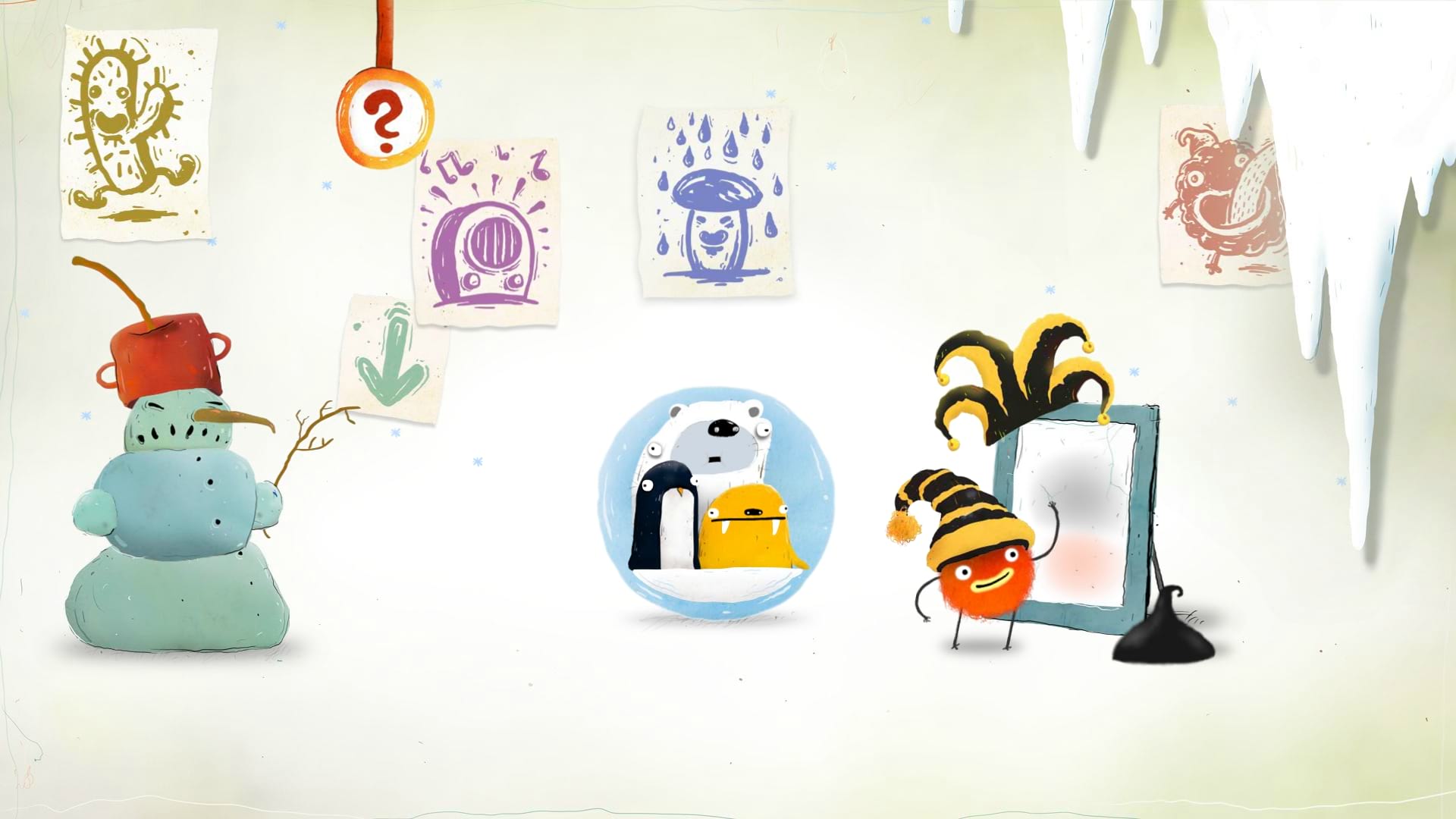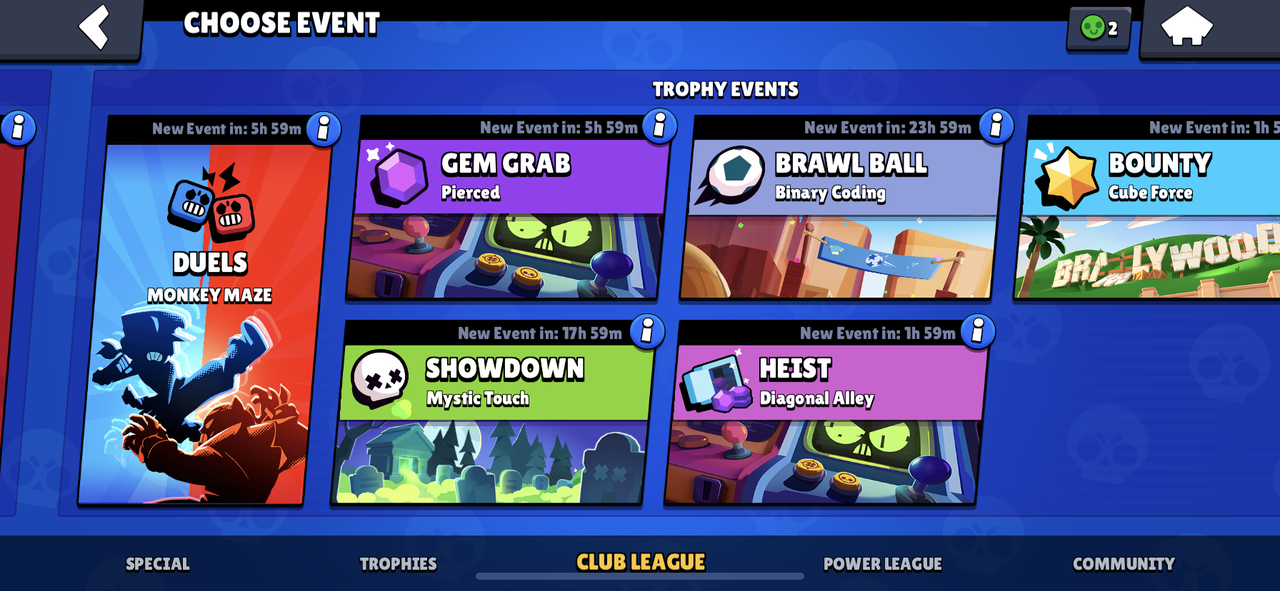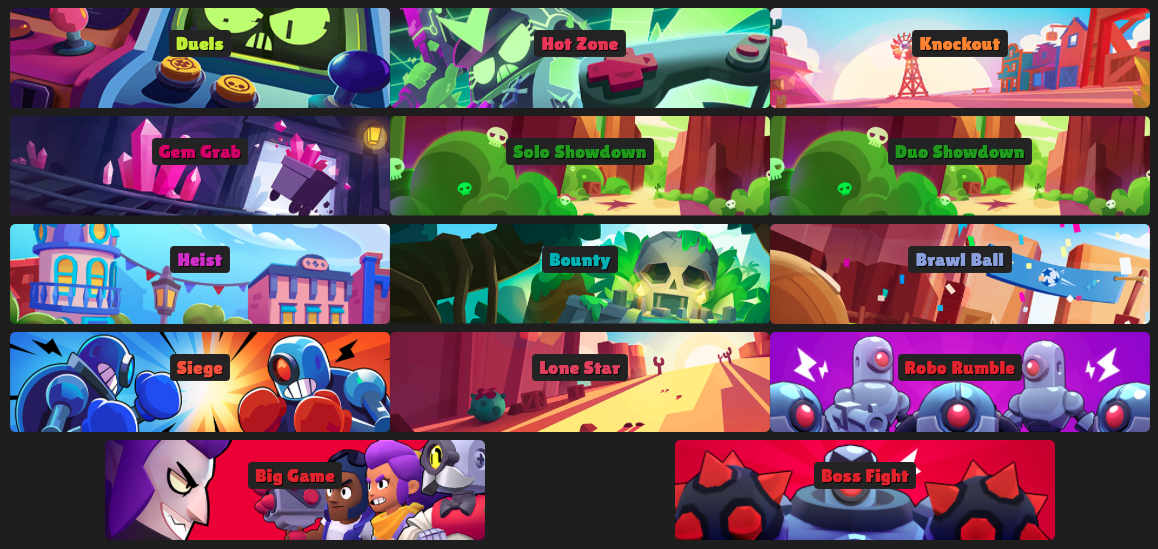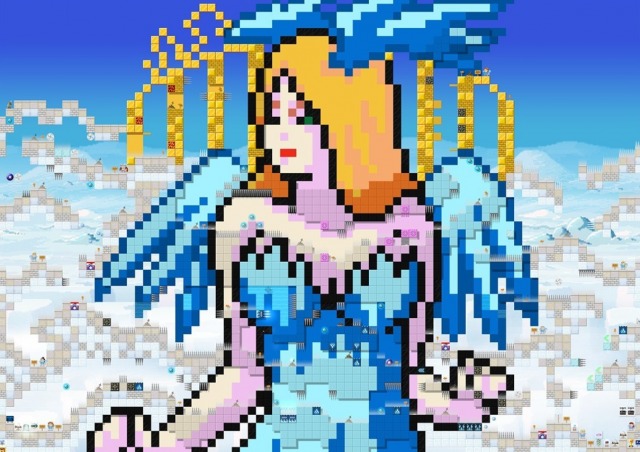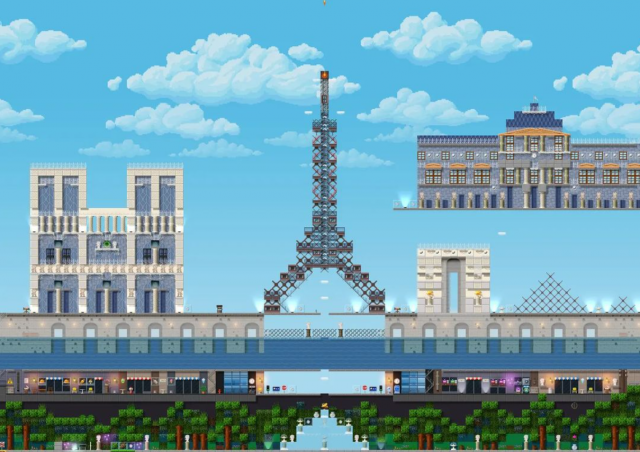Game description
Journey is a game co-developed and released by thatgamecompany and Santa Monica Studio in 2012. It is modelled after the progression of human life. (Note: I am unable to upload any images, hence I was unable to upload screenshots of the game)
Game website: https://thatgamecompany.com/journey/
Game playthrough: https://www.youtube.com/watch?v=bkL94nKSd2M
In this review, I first will be examining each of the elements of the elemental tetrad. Throughout and after this examination, I will be evaluating the game through different lens as well.
Aesthetics
Journey is set within the landscape of a vast, endless desert with the remnants of a fallen civilization buried in sand.
- #54 The Lens of Accessibility: The landscape of the game is marked consistently by one distinct mountain, with light flowing from its summit. This sends a strong signal that the mountain is the player’s destination and guides the player to travel in its direction.
- Other than the general desert theme, the game is divided into several stages at different locations. From exploring ruins in the middle of the desert, to wandering lonely underground towers, to enduring the blistering cold of the mountain, the stages are varied enough to convey different moods and experiences to the player. At the same time, the setting of each stage is well integrated into the overall story.
- The music is mainly orchestral, with oriental undertones, and ties consistently into the mood created by the setting and gameplay at each stage of the game.
Story
In Journey, you play as a cute red cloaked being, with the goal of reaching the top of the mountain. On the way to the mountain, you reach checkpoints where you meet a larger white cloaked being, which could represent a deity or higher being of sorts. At each checkpoint, we learn more about the history behind how this world came to be, as well as how it met its ruin.
Mechanics
The story of the world depicted through the game suggests that its game world is structured around a single form of “magic” which comes from the mountain which you are travelling to. You can use this magic in two main ways:
- The first is by evoking such magic through sound, which is dispersed in all directions in your immediate vicinity. In doing so, certain items can be activated and can fulfill certain functions.
- Secondly, you can store this magic in the form of glyphs on your scarf. The length of the scarf represents its capacity. The magic from your scarf can be used to fly but must be replenished by certain magical items/beings at different locations.
#24 The Lens of Novelty: The concept of “magic” in this game manifests in a novel way compared to most other games. Magic in this game world can be felt and used in a variety of ways, allowing the player to explore all its uses and experience all its manifestations. For example, it can be visualized as glyphs on your scarf which light up, or when magical items turn from grey to bright crimson as they are activated, or different musical notes when you evoke the magic, or a form of communication towards other magical beings (e.g., you can use it to ask the magical kites to help replenish the magic in your scarf). In this way, it avoids an overly simplistic and cliched interpretation of magic.
Technology
The game was first released as a PlayStation game but can be played on the computer and various mobile devices. While the technology is limited, its stunning visuals and music are enough to make the game an immersive experience for any player.
Overall, the four elements of the elemental tetrad work well to portray a unified theme of the “journey of life” and bring the theme to life within the player’s experience.
Other lenses
#21 The Lens of Flow
- The game structure is simple, having a purely linear flow with distinct stages (making it more game-like than the real world in this respect). At each stage, the goal is constantly to reach a checkpoint which brings you to the next stage. At the same time, there are typically sufficient spatial clues which lead the player towards this checkpoint.
- During the 3rd stage through the desert, the path is less straightforward. However, this may have been done purposefully, with the aim to replicate the stage of nearing adulthood (in real life) when we are given more autonomy and choices, and the road ahead becomes is less fixed and certain.
- The stages follow a gradual increase in difficulty, as players learn how to better use their skills. In the 2nd stage, not much skill is required as we are simply required to walk around the arena activate certain items in the desert to unlock the path forward. In contrast, in the 5th stage, we must avoid detection from huge metal monsters. However, it could be argued that the difficulty remains rather tame throughout the game.
#67.5 The Lens of Metaphor
- The game manages to convey themes and feelings at each stage matching universal aspects of human life. For example, the awe and excitement when exploring the desert with magical kite friends is akin to that of childhood exploration and the fear when first encountering metal monsters in the underground ruins is akin to that of facing your first serious challenges in our childhood/teenage years.
- Furthermore, as you come closer to reaching the mountain, your journey is shown as an important part of the narrative of this world. In the same way, perhaps all our individual life journeys carry significance in the real world.
- However, the game avoids overly literal expressions such as dialogue, or environments which restrict the player’s freedom or movements. This leaves room for each player to interpret and experience each stage in their own way, proving complementary its objective in modelling human life, which similarly, would have a different set of experiences for everyone.
#94 The Lens of Atmosphere
- The 4th stage brings the player through a lighthearted experience of surfing through the ruins of the desert, while being led by magical kites to our next destination. The thrill and fun of surfing is complemented by a breathtaking view of the sunset, inspiring awe and wonder at the beauty of the game world. The visuals are heavily populated with red and golden hues, complementing the warm bright red that characterizes magical items and creating a warm and bright mood.
- In the 5th stage, the player enters the underground, which is coloured in dark blue hues, creating a colder, lonelier, and creepier atmosphere. This stands in stark contrast to the previous stage, invoking stronger feelings of fear and unease in players and warns of the dangers posed by the metal monsters which lie ahead.
- The different atmospheres in these two stages are very well portrayed. Their juxtaposition also serves very well to evoke stronger emotions and immersion of the player.
All in all, with its stunning graphics and minimalistic gameplay, the game stays focused in bringing across its story and theme as an experience to players.


